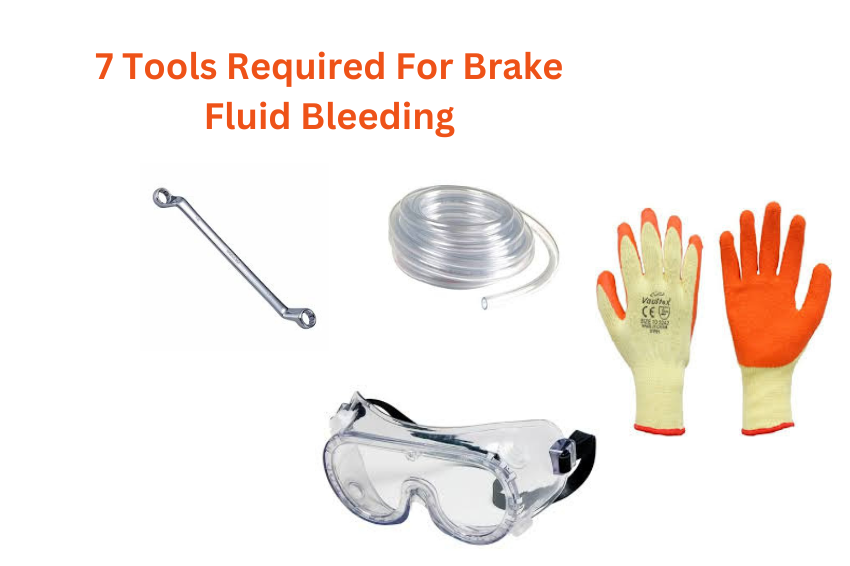Are you planning to bleed your brakes?
Having the right tools is essential for a successful and safe procedure.
In this guide, we’ll provide a comprehensive list of the tools you’ll need and explain their functions.
What Tools Are Needed To Bleed Brakes?
Here’s a list of tools you’ll need for a brake fluid bleeding procedure:
Box-end Wrench
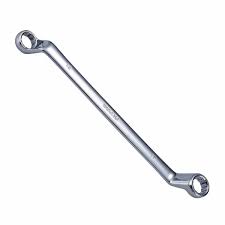
A box-end wrench is a type of tool that has a closed loop at both ends.
It’s designed to fit hexagonal or square nuts and bolts.
In the case of brake bleeding, you’ll use it to open and close the bleeder screws.
Why do you need a box-end wrench for brake bleeding?
The bleeder screw is a small valve located on the brake caliper or wheel cylinder.
When you open it, it allows air and old brake fluid to escape from the brake system.
A box-end wrench is the perfect tool for this job because it provides a secure grip on the bleeder screw.
However, the size of the box-end wrench you need will depend on your specific vehicle.
Most bleeder screws are either 8mm or 10mm.
To find the correct size for your car, check your owner’s manual or consult a mechanic.
How To Use A Box-end Wrench For Brake Bleeding
- Locate the bleeder screw: It’s usually found on the back of the brake caliper or wheel cylinder.
- Clean the area: Use a brake cleaner to remove any dirt or debris from around the bleeder screw.
- Place the wrench: Position the box-end wrench over the bleeder screw, ensuring it fits snugly.
- Open the bleeder screw: Slowly turn the wrench counterclockwise to open the valve.
- Collect the fluid: Have a container ready to catch the old brake fluid that will flow out.
- Close the bleeder screw: Once you’ve bled the brakes, turn the wrench clockwise to close the valve.
A ratchet wrench can make it easier to open and close the bleeder screw, especially if it’s tight.
Avoid applying excessive force when turning the wrench, as this can damage the bleeder screw.
After closing the bleeder screw, check for any leaks around the area.
If you see any, tighten the wrench slightly.
Clear Plastic Tubing

Clear plastic tubing is essential for brake bleeding because it allows you to see the flow of brake fluid.
This is important as you need to ensure that all the old fluid is removed from the system before refilling it with new brake fluid.
If any old fluid remains, it can cause your brakes to be less effective.
However, the size of the tubing you need will depend on the size of your bleed screw.
Most bleeder screws are either 8mm or 10mm, so you’ll need tubing that fits snugly over the screw.
As for the type of tubing, vacuum tubing is often recommended for brake bleeding.
It’s durable, flexible, and resistant to chemicals, making it a good choice for this application.
How to connect the tubing
- Cut the tubing: Cut the tubing to a length that will allow you to comfortably reach the bleeder screw and the container.
- Insert the tubing: Place one end of the tubing over the bleeder screw.
- Secure the tubing: Use a clamp or your hand to secure the tubing in place.
- Connect to the container: Place the other end of the tubing into the container where you’ll collect the old brake fluid.
Container
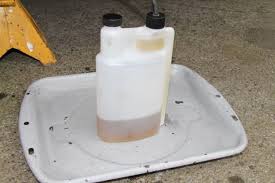
A container is essential for brake bleeding as it helps you collect the old brake fluid that is flushed out of your system.
This is because old brake fluid can become contaminated with air, dirt, or other impurities, which can reduce your brake’s effectiveness.
When selecting a container, consider the following factors:
The container should be large enough to hold the amount of old brake fluid that will be flushed out of your system.
A plastic container is generally suitable for brake fluid.
Avoid using metal containers, as they can corrode over time.
New Brake Fluid
Using new brake fluid is essential to ensure your brakes are working properly and safely.
The type of brake fluid you need will depend on your vehicle.
Most modern cars use DOT 3 or DOT 4 brake fluid.
Check your vehicle’s owner’s manual to determine the recommended type.
However, the amount of brake fluid you’ll need will vary depending on your vehicle.
You can usually find this information in your owner’s manual.
If you’re unsure, it’s best to consult a mechanic.
Brake Cleaner
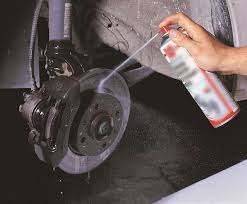
Brake cleaner is a specialized cleaning product designed to remove dirt, grease, and other contaminants from brake components.
It’s a solvent-based liquid that can be applied in aerosol or spray form.
A brake cleaner is essential for brake bleeding because it helps ensure a clean and unobstructed connection between the bleeder screw and the tubing.
Any dirt or debris can interfere with the flow of brake fluid and prevent the bleeding process from being effective.
Most automotive brake cleaners are suitable for brake bleeding.
Look for a product that is designed to remove brake grease, dirt, and oil.
Avoid using harsh chemicals that could damage the brake components.
Gloves
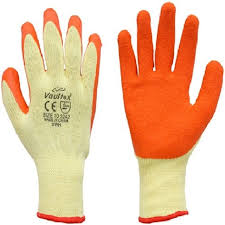
Brake fluid can be irritating to your skin, especially if you have sensitive skin.
Wearing gloves can help protect your hands from contact with brake fluid and prevent skin irritation.
However, there are different types of gloves that you can use for brake fluid bleeding.
Some of the most common types include:
- Nitrile gloves: These gloves are made from synthetic rubber that is resistant to chemicals, including brake fluid.
- Latex gloves: Latex gloves are also a good option for brake fluid bleeding. However, some people may have allergies to latex, so it’s important to choose nitrile gloves if you have a latex allergy.
- Disposable gloves: Disposable gloves are a convenient option because you can throw them away after use.
Safety Glasses
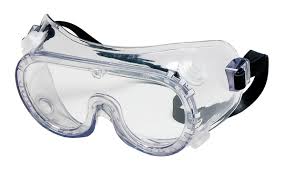
Brake fluid can be irritating to your eyes, especially if it splashes into them.
Wearing safety glasses can help protect your eyes from accidental splashes and reduce the risk of irritation or injury.
When selecting safety glasses for brake fluid bleeding, look for a pair that is:
- Splash-proof: The glasses should have a tight-fitting seal around your eyes to prevent splashes from entering.
- Impact-resistant: In case of an accidental drop or bump, the glasses should be able to withstand impact.
- Chemically resistant: Brake fluid can be corrosive, so choose glasses that are resistant to chemicals.
